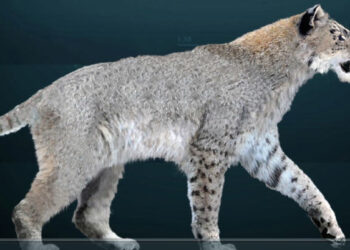
Tommy Ferreira: It was so fast. The fire came from the top of the mountain to the village in 15 minutes.
April Reese: 2016 was a bad year for cattle producer Tommy Ferreira. A severe wildfire tore across his pasture outside the tiny village of Souto in northern Portugal. He lost a cow, and much of his forage went up in smoke. The soil was so deeply scorched that nothing would grow.
Tommy Ferreira: I had to spend way more, because I had nowhere for the cows to graze. So they would feed just on hay for quite a while.
On supporting science journalism
If you’re enjoying this article, consider supporting our award-winning journalism by subscribing. By purchasing a subscription you are helping to ensure the future of impactful stories about the discoveries and ideas shaping our world today.
Reese: But today his cattle have become an unlikely firefighting tool. I’m April Reese, and you’re listening to Science, Quickly.
[CLIP: Intro music]
[CLIP: Bull bellowing]
Reese: He and a dozen other producers raise a primitive breed called Maronesa. Maronesa cattle are native to this part of Portugal. They’ve got big, curved horns, topped with a toupee-like clump of brown hair. They’re chocolate-brown all over—except for their milky-white snouts.
[CLIP: Bull huffing and bellowing]
Reese: They look kind of like the extinct aurochs, the wild ancestor of domestic cattle. Shepherds have raised Maronesa cattle here for centuries. Watching them graze among the oak and olive trees, you can almost pretend you’re back in the Middle Ages, when members of Portugal’s royal family lived part-time in the palaces of nearby Vila Real.
A lot has changed since then. Portugal is one of the most vulnerable countries in Europe to climate change. Straddling the Mediterranean and eastern Atlantic regions, it’s part of a climate change hot spot. According to several studies, this region is warming faster than much of the rest of the world. Some of the worst droughts, heat waves and…
Read the full article here






